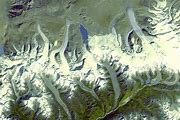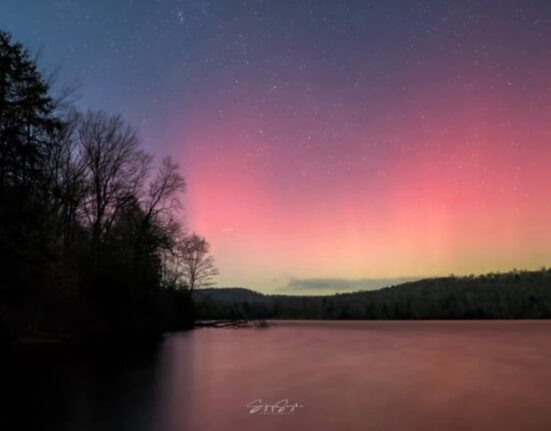As the world grapples with the stark reality of climate change, a recent article by anthropologists Howe and Boyer delves into the profound human toll of glacier loss. Their work not only highlights the physical consequences but also emphasizes the intricate social fabric that is intricately tied to these icy giants.
In a groundbreaking move, their publication unveils startling revelations about the future of glaciers. It aligns with a study predicting that over 75% of the Earth’s glacier mass could vanish by the century’s end if current climate policies persist. While this data paints a dire picture, Howe and Boyer bring forth narratives that breathe life into these statistics.
“Glaciers are more than just ice melting away. They hold deep cultural significance and serve as vital water sources for millions across the globe,”
remarked Howe, an esteemed professor of anthropology at Rice University. Their commentary transcends scientific jargon to explore how glaciers shape not only landscapes but also human societies.
The duo draws from their extensive research on the Global Glacier Casualty List, a comprehensive database documenting disappearing glaciers worldwide. This initiative blends disciplines like climate science, social science, and community stories to create a poignant memorial for Earth’s vanishing cryosphere.
Boyer, co-director of the Center for Coastal Futures and Adaptive Resilience, underlines the urgency of their findings:
“The alarming rate at which we are losing ice demands immediate action. These losses extend far beyond environmental concerns; they touch lives and communities in profound ways.”
Their unexpected feature in Science magazine unveils a crucial aspect often overlooked in climate discourse – cultural understanding. The authors advocate for marrying scientific data with societal insights to cultivate public memory and foster collective responses to environmental challenges.
“While numerical targets are essential, preserving our glaciers requires more than just policy changes; it demands a shift in our collective consciousness,”
shared Boyer passionately. The United Nations’ designation of 2025 as International Year of Glaciers’ Preservation underscores this pressing need for global cooperation in safeguarding these frozen wonders.
Looking ahead, Howe remains cautiously optimistic:
“Though we’ve witnessed significant losses, there is still hope to salvage half of our remaining glaciers if we act decisively against global warming.”
Their work serves as a rallying call for immediate intervention to protect these majestic ice formations for future generations.
In conclusion, amidst staggering statistics and grim projections lies a glimmer of hope – a chance to rewrite our relationship with nature and preserve Earth’s icy heritage before it slips through our fingers forever.








Leave feedback about this